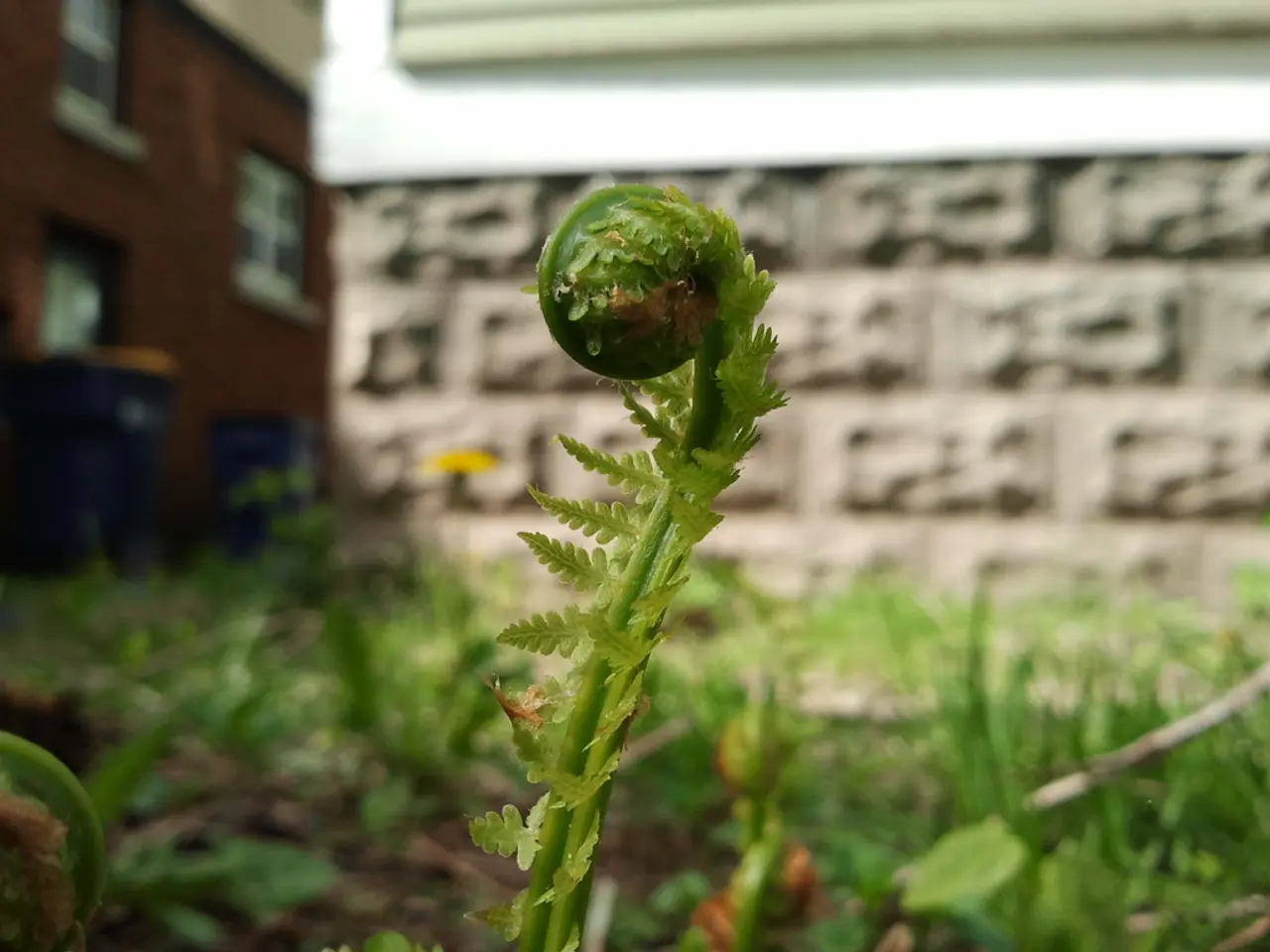Avoid positioning a Boston fern in these five locations, caution houseplant specialists, as these areas could lead to wilting of the fern's characteristic fronds:
**Caring for Boston Ferns Indoors: A Comprehensive Guide**
Boston ferns, with their delicate sword-shaped leaves and lush foliage, are a popular choice for indoor gardening. However, these moisture-loving plants require specific care to thrive in our homes. Here's a guide to help you create the perfect environment for your Boston fern.
**Ideal Placement**
The best places to grow a Boston fern indoors are locations with bright, indirect light such as near a north or east-facing window, or in shaded spots where the fern is protected from direct sunlight. Bathrooms and kitchens with good humidity and diffused light are also ideal, as Boston ferns thrive in humid environments and prefer stable, cool temperatures between 60-75°F.
**Hanging Boston Ferns**
Boston ferns do well in hanging baskets, but only if you can maintain adequate humidity. Since they dry out quickly when hung too high without misting or humidity devices, it’s recommended to use a pebble tray or a humidifier nearby to retain moisture.
**Places to Avoid**
Avoid placing Boston ferns next to radiators or heating vents, as these areas dry out the ferns too quickly and can scorch their leaves due to sudden heat and moisture fluctuations. Hanging spots without a proper misting or humidity system should also be avoided, as elevated positions without humidity control cause the fern to dry out fast and decline. Areas with very low light or cold drafts or sudden temperature changes should also be avoided.
**Maintenance**
Maintaining good ventilation without drying out the fern is important to prevent issues like mildew. Gentle air circulation or occasionally cracked windows can be beneficial. A plant mister can be used to regularly hydrate Boston ferns in rooms with AC units.
**Outdoor Growth**
Boston ferns are best grown outdoors in US hardiness zones 9 to 11, and precautions should be taken to overwinter a Boston fern and protect it from frost. These plants are understory plants that grow out of direct sunlight in their native habitats.
By following these guidelines, you can provide the light, humidity, and temperature conditions that Boston ferns need to thrive indoors, ensuring a lush and vibrant addition to your home.
Succulents, with their unique, compact, and water-storing characteristics, can be an excellent complement to your indoor plants and contribute to a home-and-garden lifestyle that involves gardening. Placed in bright, indirect light, succulents often thrive in the same environments as Boston ferns, providing an interesting contrast to the lush foliage of the ferns.




